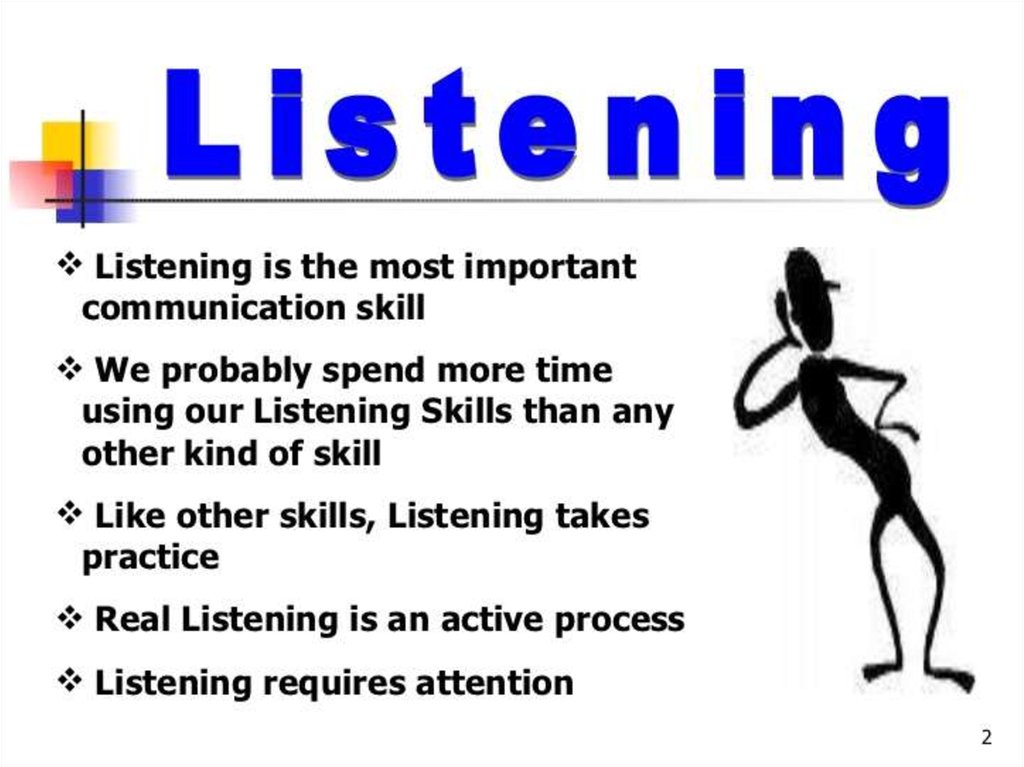

We need to teach students how to listen actively to others because we want them to understand others’ emotions, show empathy, and respond properly.

For StudentsĪctive listening is one of the important ‘ soft skills’ students need to thrive in life. Using this effective communication skill, you’ll feel much more confident and determined to lead with passion. So, active listening is an effective tool to manage discipline issues in the classroom and communicate effectively with students, parents, colleagues, and administrators. Listening to others, in turn, and showing empathy can help make them feel calmer, and supported and so open them up to our point of view. Because we focus on the other person and take some time to reflect, we can see the disagreement and get more capable of self-regulating.
7 KEY ACTIVE LISTENING SKILLS FREE
We are likely to free ourselves from judgments and observe to gain feedback and bring the necessary change to our instruction.īesides, as active listeners, we can engage in an emotionally charged conversation without losing our temper. If we practise active listening we will learn more about our students, set healthy boundaries, reduce conflicts, and increase meaningful interactions with them. So, it can help us get our message across, and also help others feel connected to us, and positively influence our relationships, self-esteem, and career success. Active Listening BenefitsĪctive can be used to hear accurately, understand, draw out ideas and information, empathize, gather information, show respect, build self-esteem, find answers, show appreciation, buy time, connect, question assumptions and ideas, weigh options, change perspectives, soothe or heal, set the stage for something else, and build relationships (Hoppe, 2006). Practitioners and researchers from a variety of fields such as nursing, public administration, physician-patient communication, leadership, and education identify active listening as an important communication skill during initial interactions (Bryant, 2009 Stein, 2009 Fassaert, van Dulmen, Schellevis, & Bensing, 2007 Hoppe, 2007 McNaughton, Hamlin, McCarthy, Head-Reeves, & Schreiner, 2007) So, good listeners are active listeners who pay more attention to other speakers’ intent, give them space to voice out their ideas, reflect and try to understand their message before speaking up.ĭeveloping active listening skills may seem hard to achieve mainly with existing habits of responding to, and interrupting others while they’re speaking (these responses are called ‘road blocks’). Passive listening allows the speaker uninterrupted time to get their message across.Reflective listening entails using your own words to repeat back what you heard the speaker say.Critical listening involves interpreting a message, evaluating information, and developing one’s opinion.Unlike passive listening which doesn’t require anything from the listener other than allowing the speakers to let their words out and waiting to take a turn, active listening requires active engagement with a speaker and the message they’re communicating.Īccording to Leonardo (2020), active listening involves a healthy combination of critical, reflective, and passive listening. It involves avoiding premature judgment, reflecting, understanding, and clarifying information through restating a paraphrased version of the speaker’s message and asking questions, summarizing, and sharing (Hoppe, 2006 Weger, Castle Bell, Minei, & Robinson, 2014). Active listening is about placing all of one’s intense concentration and attention to everything the person is conveying, both verbally and nonverbally.


 0 kommentar(er)
0 kommentar(er)
